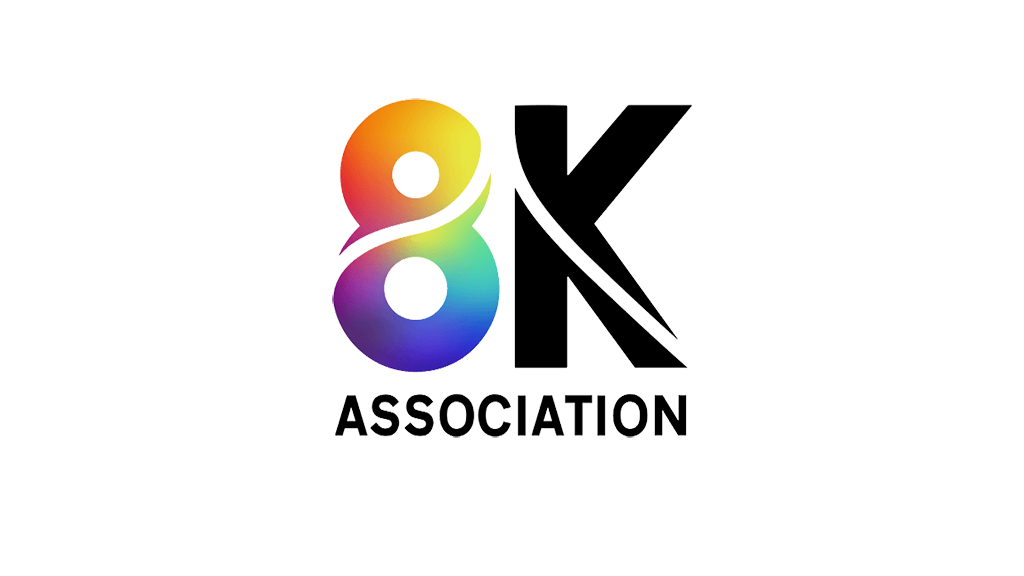European ecodesign requirements for electronic display swill apply to 8K screens from 1 March 2023. The regulations limit maximum power consumption for all displays with a screen area over 100 square centimetres. There was a temporary exception for 8K televisions, but this has now expired. However, manufacturers are likely to find a way around the restriction.
The European regulations were first introduced in 2019 and revised in 2021. They apply an energy efficiency index limit, based on screen area and power consumption.
Resolutions higher than 8,294,400 pixels, which is equivalent to 3840×2160 or UHD-4K, were exempt until 1 March 2023, from when they will be required to use no more power than HD or 4K devices.
8K uses four times as many pixels as 4K and requires more processing and more power to illuminate the display. Current 8K models are unable to meet the low power requirements.
Samsung is reported to be shipping 8K televisions in Europe with a brightness-limiting eco mode as the default setting out of the box. Of course, users can change to a higher brightness setting that will consume more power.
The regulations require that if a user selects a setting that results in higher energy consumption, then a warning message should be displayed, requiring confirmation by the user.

The 8K Association has been lobbying on the issue. It says that while it supports efforts to reduce power consumption this should be based on consumption targets based on realistic assessments of technical advances in the field.
Some might suggest that there is not much visible difference between 4K and 8K pictures in any case.
The 8K Association notes that in the consumer context, video compression typically loses information relating to small details and textures. However, it argues that an 8K resolution display with appropriate content, including high dynamic range, colour and peak brightness, is required to reproduce something closer to reality.
